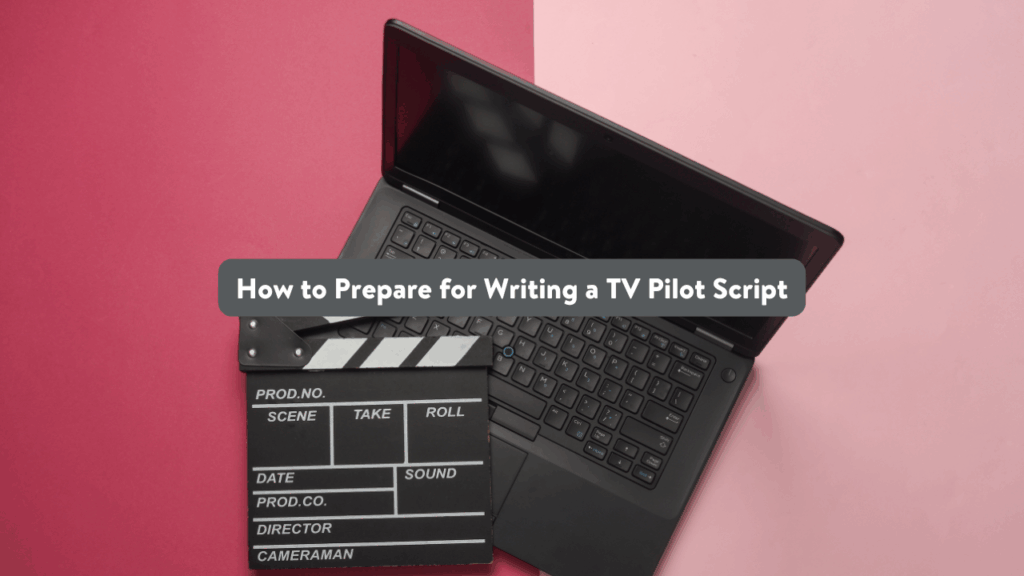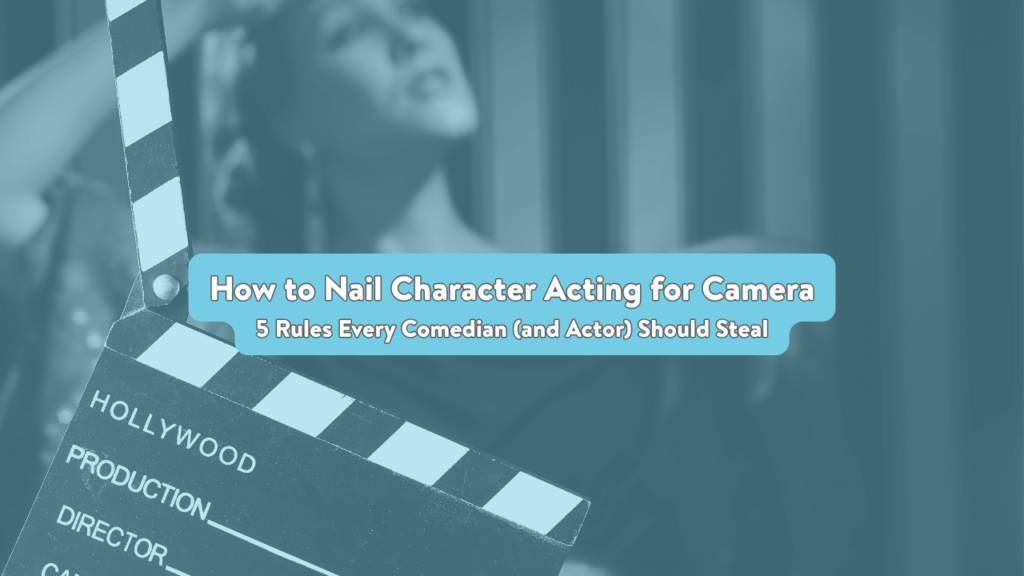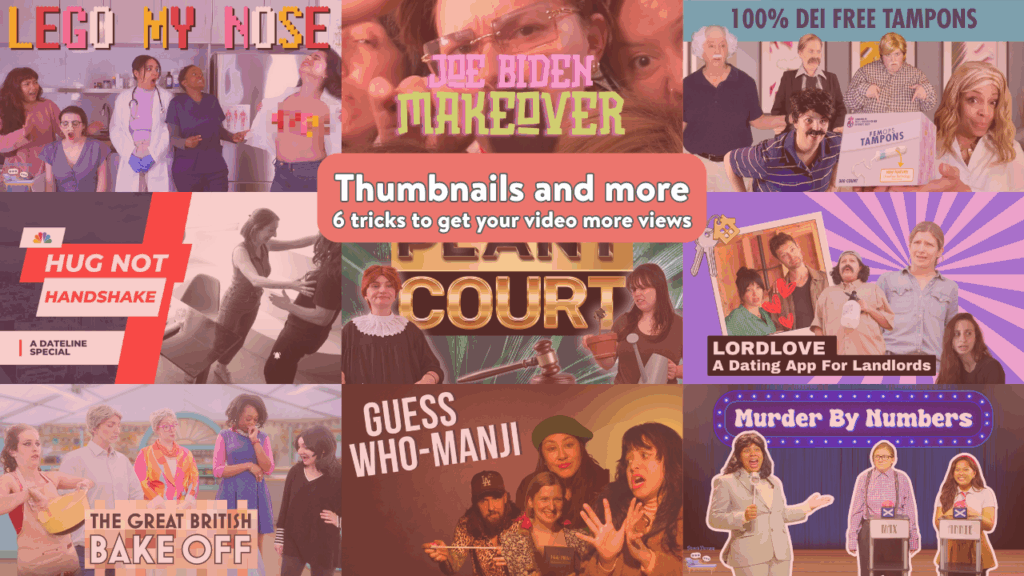How to Prepare for Writing a TV Pilot Script

Writing a TV pilot is a big deal for any comedy creator—and one of the easiest things to overthink about. Before you spiral into font choices (Guess what? The industry decided this one for you!) or the emotional backstory of “Tall Man” in scene three, start with these foundational steps.
This is the prep work that sets you up to actually write the thing (And please, God, maybe even finish it before you DROP DEAD of overthinking!).
1. Start with a simple log line
Seriously, just keep it simple. A log line is a clean, crisp summary of your story: the hero, the situation, and the stakes. That’s it. No sweating, no spiraling, no “but what if this isn’t genius yet?” A log line is a summary, but some people just get so hung up on a log line that you lose your mind and never start writing.
Your only job at this stage? Make it easy to understand. Genius comes later.
2. Do not fear the bad first draft
In this house we WELCOME the bad draft. The bad draft is the good draft’s best friend, her biggest fan. If perfection were required for pilot-writing, there would be zero pilots in the world. Not even that one Tina Fey and Tracy Morgan are doing.
The goal should never be to write something flawless: it’s to write something. You can’t be afraid to write anything bad. If you are, you’ll never write anything! Just write it bad, babydoll. Because every word you write is a step forward.
Bad is the path to good. Good is the path to great. Great is the path to your panel pitch where you absolutely crush.
3. Lean on structure: Three acts + A/B/C stories
Structure isn’t there to trap you—it’s there to free you. The classic three acts will hold your hand:
- Act One: Set it up
- Act Two: Make it worse
- Act Three: Make it satisfying
You’ll also want to map out your A, B, and C stories. The A story is the core “world-changing” arc. The B and C stories help your characters and world breathe. Watch your favorite show’s pilots over and over–get the feel for how they balance their acts and storylines…learn from the shows you love.
Once you know these beats, your pilot stops being a fog and starts being a map.
4. Use what’s personal
Your story is your signature. The most electric TV pilots come from something the writer knows, feels, or is dying to explore. Audiences can tell when the creator has skin in the game. They know when a risk costs something and it makes the story WORTH something.
That’s why writers are often asked, “Why you? Why now? Why are you the only person who can write this pilot?”
Your specific experiences: your job, your friendships, your weird family traditions…that’s the magic sauce. Use them.
5. Brainstorm like a maniac
Brainstorming isn’t just throwing spaghetti—it’s strategic spaghetti. Take a trope or story type and generate ten possible versions of it in your world.
Ten sounds like a lot… but that’s when you start to find the really good, ooey gooey stuff. When you push past the obvious ideas, the fun ones start showing up.
6. Build a writing routine that sticks
Here at GOLD, we say: if your routine requires waking up at 5 a.m. and drinking mushroom coffee, it’s not a routine: it’s a trap. Or maybe YOU CAN do that, but most of us can’t.
Start small: Write for 15 minutes two times a week. Build that up to three, four, five times a week. Build that to 30 minutes, an hour a day. Bing bam boom–you’re famous.
Consistency is so much more important than intensity. You do not need to suffer to make good work. You just need to stick to it.
7. Study scripts while you watch TV
I know, it’s your new favorite homework.
One of the best tools in your hot little pilot toolbox? Other peoples’ scripts! Read as much as you write, especially while watching the show. You’ll start noticing pacing, structure, jokes, character intros, act breaks…it’s basically 3D glasses specifically for TV writing.
If you love a show, read its pilot. If you hate a show, read its pilot too. Both will teach you something.
8. Use script software that makes your life easy
And you don’t have to spend a dime!
Yes, Final Draft is the industry standard. No, you don’t have to buy it today. Plenty of free programs will get your pilot looking exactly right. Need a rec? We got you: Scripto, WriterDuet, and YouMeScript.
Pick what helps you focus on storytelling: not formatting anxiety. There is literally no reason to ever think about a margin while writing your script. You have enough stuff going on.
Preparation helps, but starting is everything
You can brainstorm, plan, read, prep, and tweak your structure forever. The real magic happens when you begin writing. Preparing well creates confidence, clarity, and momentum. And once you have those? You’re off to the races.




